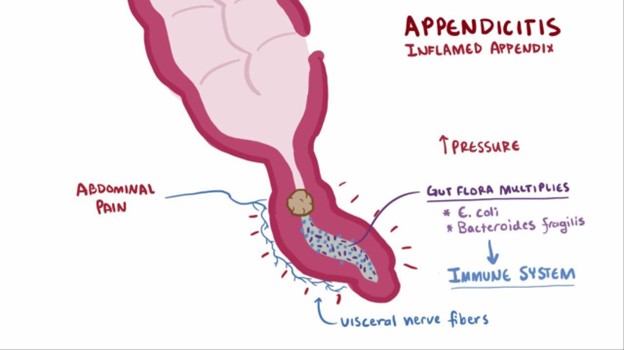A nurse receives a call from a parent of a child who has von Willebrand disease and has had a nosebleed. Which of the following instructions should the nurse give to the parent?
"Have your child sit with her head tilted forward and hold pressure on her nose for 10 minutes."
"Apply ice at the base of the nose for 5 min and then check for bleeding.
"Place your child in a supine position with a pillow under her back."
"Place your child in a sitting position with her head tilted back
The Correct Answer is A
For a child with von Willebrand disease experiencing a nosebleed, the nurse should instruct the parent to have the child sit with their head tilted forward slightly (not backward) to prevent blood from flowing down the throat. Applying direct pressure to the nostrils with fingers or using a clean cloth for about 10 minutes will help stop the bleeding.
Option B (applying ice at the base of the nose) is not recommended because ice can cause vasoconstriction, potentially prolonging bleeding in individuals with bleeding disorders.
Option C (placing the child in a supine position with a pillow under the back) is also not recommended, as this can lead to blood flowing down the throat, increasing the risk of aspiration.
Option D (placing the child in a sitting position with her head tilted back) should be avoided as it can lead to blood flowing into the throat and potentially being swallowed or aspirated. This position is generally discouraged for nosebleeds.
Nursing Test Bank
Naxlex Comprehensive Predictor Exams
Related Questions
Correct Answer is B
Explanation
The nurse should clarify the prescription to administer sodium biphosphate/sodium phosphate because it is a laxative and is contraindicated in a child with suspected appendicitis. The use of laxatives or enemas can potentially worsen the condition by increasing the risk of perforation or rupture of the inflamed appendix.
A. Monitoring oral temperature every 4 hours is important to assess for signs of infection or worsening condition.
C. Maintaining NPO status is essential to avoid stimulating the digestive system and to prepare for possible surgery.
D. Medicating the client for pain every 4 hours as needed is appropriate to manage pain and provide comfort while the child awaits further evaluation or treatment.
Remember, it's crucial to avoid the use of laxatives, enemas, or any other interventions that can potentially aggravate the inflamed appendix in a child with suspected appendicitis.

Correct Answer is ["260"]
Explanation
To calculate the total fluid intake, we need to convert all the measurements to milliliters (mL) and then add them up:
1 cup = 240 mL
1 oz = 30 mL
Given fluid intake:
Juice: ½ cup = 0.5 * 240 mL = 120 mL
Gelatin: 3 oz = 3 * 30 mL = 90 mL
Ice pop: 1 oz = 1 * 30 mL = 30 mL
Ginger ale: 20 mL
Total fluid intake = 120 mL + 90 mL + 30 mL + 20 mL = 260 mL
So, the nurse should record 260 mL as the child's fluid intake.
Whether you are a student looking to ace your exams or a practicing nurse seeking to enhance your expertise , our nursing education contents will empower you with the confidence and competence to make a difference in the lives of patients and become a respected leader in the healthcare field.
Visit Naxlex, invest in your future and unlock endless possibilities with our unparalleled nursing education contents today
Report Wrong Answer on the Current Question
Do you disagree with the answer? If yes, what is your expected answer? Explain.
Kindly be descriptive with the issue you are facing.
